16' Calendar Islands Yawl
project complete

CIY hull #1 on Lake Superior, May 2015.
The lines plan for this lug-yawl have been done for a few years now, drawn as a 19 foot daysailer. A fellow Goat Island Skiff nut and I began talking in 2012-13 about a Maine-waters-friendly version of the GIS, one that can better handle choppy water especially beating to windward and one that is more oriented towards dinghy cruising. I took the CIY lines, scaled it down to 15 1/2' -- the longest boat that can be gotten out of two sheets of scarfed plywood. The hull form has been tweaked to maximize sailing potential without losing the joy of rowing the boat when the wind dies. The CIY 16 will be ideal for daysailing or sail-and-oar boating where sailing will be the primary focus. Yet, with the transom clear of the water, the clean underbody, and the lightweight of the boat, she'll row like a feather and the skeg will allow for good tracking. The 10" wide, reinforced keel-bottom will take repeated beachings for years. This boat is as much about sailing as it is about sailing or rowing to explore the local islands.

CIY hull #1 on Lake Superior, May 2015


Drake 19 Expedition Rowboat
Project complete

Modeled on the very successful Drake 17, the general hull form was stretched and then the hull lines tweaked to favor tandem rowing and camp-cruising. Hull #1 has been built by professional boatbuilder, Walter Baron of Old Wharf Dory Company.

Drake 19 hull #1 in the shop of Old Wharf Dory Co.
See the Drake 19 photo album
Echo Bay Dory Skiff mkIV version
Project complete.


The EBDS launched by students at Boothbay Regional High School in late Spring, 2014. They build from plans and full size patterns and are currently (May 2015) building the second of two from those plans.
When I began my boatbuilding business, the idea of doing kits had not fully formed and I had not fully accpeted or understood the power of computer modeling the boats and cutting kits from these models. I had built over a dozen EBDSs with proven shop patterns that I labored over. No model could rival those shop patterns, or so I thought. I digitized the patterns and never 3D modeled the boat. The kit is great, I love my own boat, but it remains the one boat not modeled in CAD. There are many advantages to doing so, including ease of making modifications, calculating weights and volumes, and visualizing the boat. With years of EBDS experience under our belts, Eric and I will be modeling mkIV and making some changes that include:
- establish a max length of 11'10", the longest one can go with only one scarf per side plank
- Improved skeg and sheer
- calculate flotation and include precut tank or flotation compartments as an option
- optimized thwart locations, mast partner configuration
- fine tune the sailing balance of the boat with both a sprit and lug rig option
- make a set of more detailed construction plans for "scratch" building with a new lug rig option
- make full size patterns that a builder can have printed on paper
- kit version will be quicker and easier to build employing CNC mortise &* tenon joinery

The original EBDS (left) built 26 years ago and the current mkIII kit version.
Fast coastal racing rowboat
Updates here

Mocking up the rowing station in the new boat.
I am in the early stages of conceptualizing a new design for fixed seat rowboat racing in the Essex, Blackburn, and other open water races. The design brief is:
·
~18 LOA, 17 lwl minimum…would look at more if drag is really low
·
Fixed seat rowing, single rowing station, little gear capacity needed
·
Oars must be 8 ½’
·
Oars need to be on gunwale (no outriggers)
·
Undecided RE: pinned, horns, or feathering locks
·
Cartoppable solo and launchable at hand launch sites
·
Speed important want to be able to cruise at 5kts, hold 6 kts for a stretches
·
Able to safely navigate through lobster boat wakes, and wind driven chop on the harbor
·
Tracking is excellent, but need to be able to turn around up river,
·
No tripping over forefoot in following seas
·
Flotation tanks F & A in 4mm ply or places for bags to tie in
·
Double ended or narrow y-shape transom
·
Low WSA and high prismatic, speed important, but not as risk of being unsafe for open water races such as Blackburn
·
Narrow on waterline but some flare for secondary stability, dryness
Cedar-strip construction or 4mm plywood, possible composite tooling




Screenshots of the Drake Raceboat, a narrow, fast 18-footer inspired by the Drake 17 and 19.
8' Gardner Pram
Update May 2015: On the backburner, need to eat and sleep!
This is the same 8' pram that Gardner has in his books. I modeled and cut a kit for a student who needed a tender for his livaboard sloop. I'd like to finish this soon with the feedback from the first boat.

Gardner pram prototype off the CNC cut mold set up.
